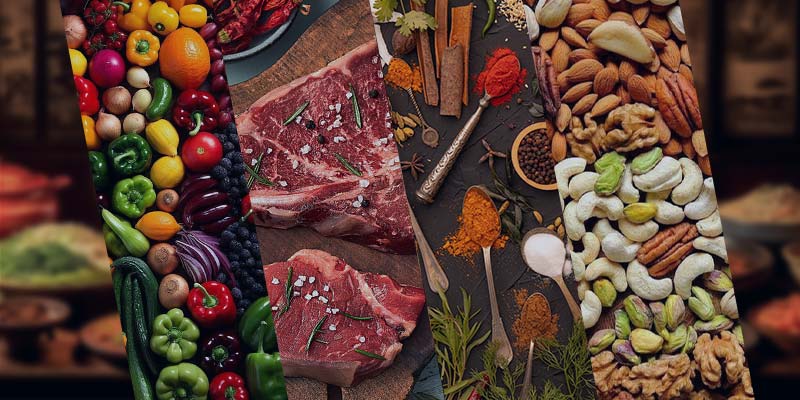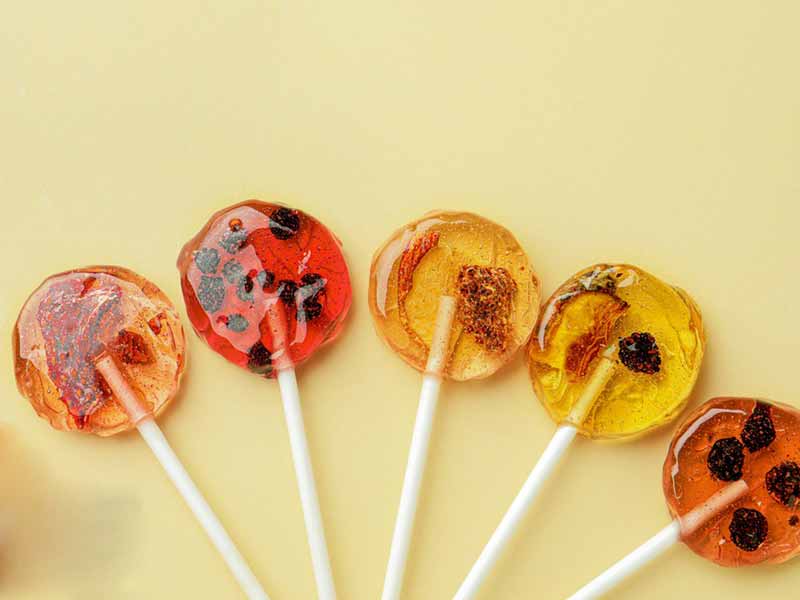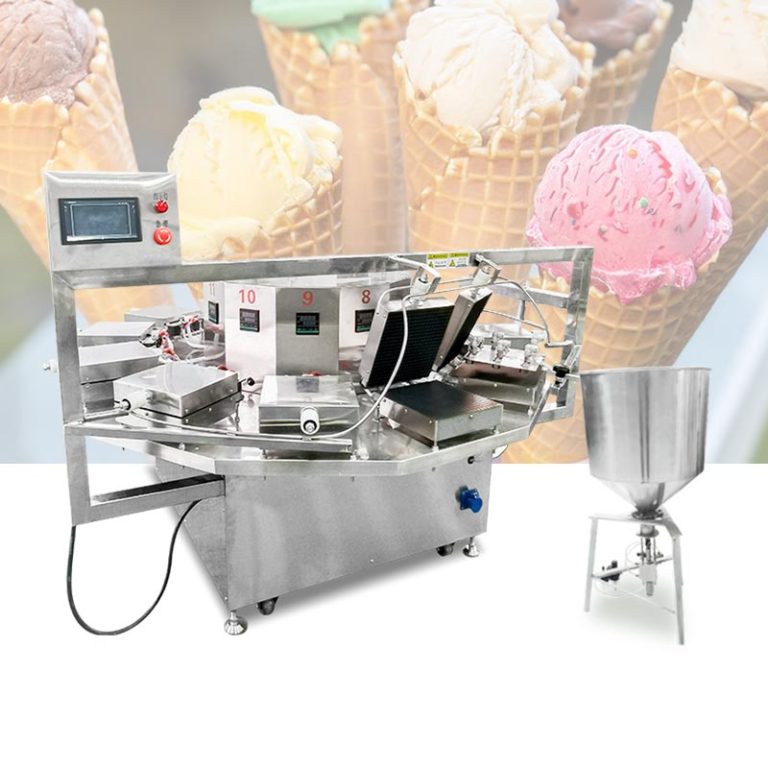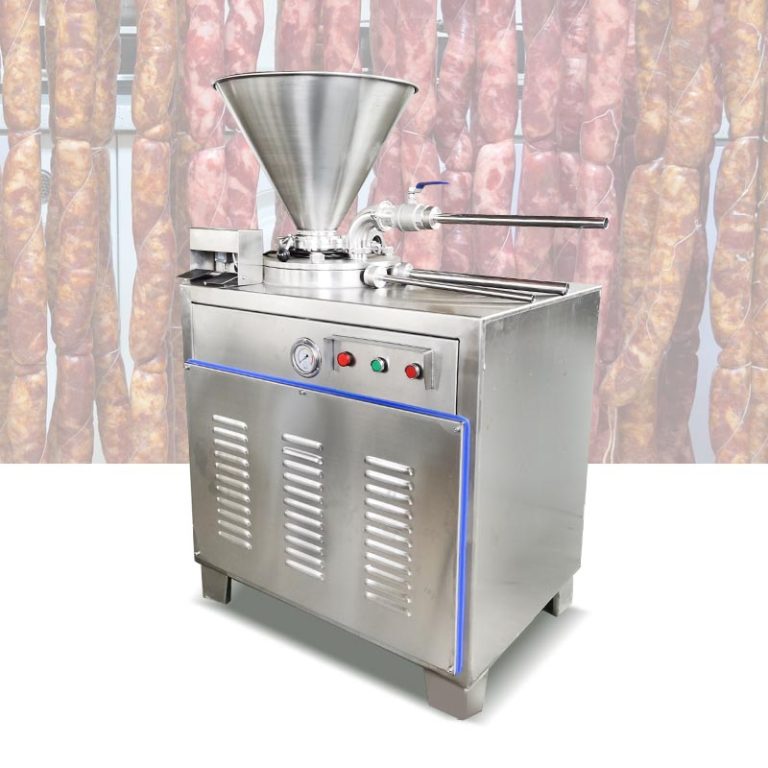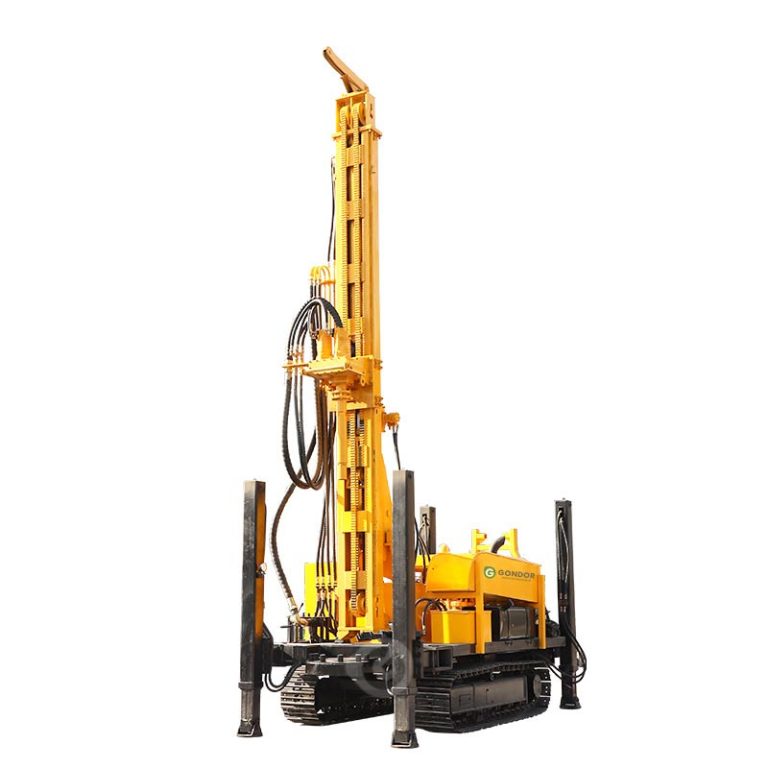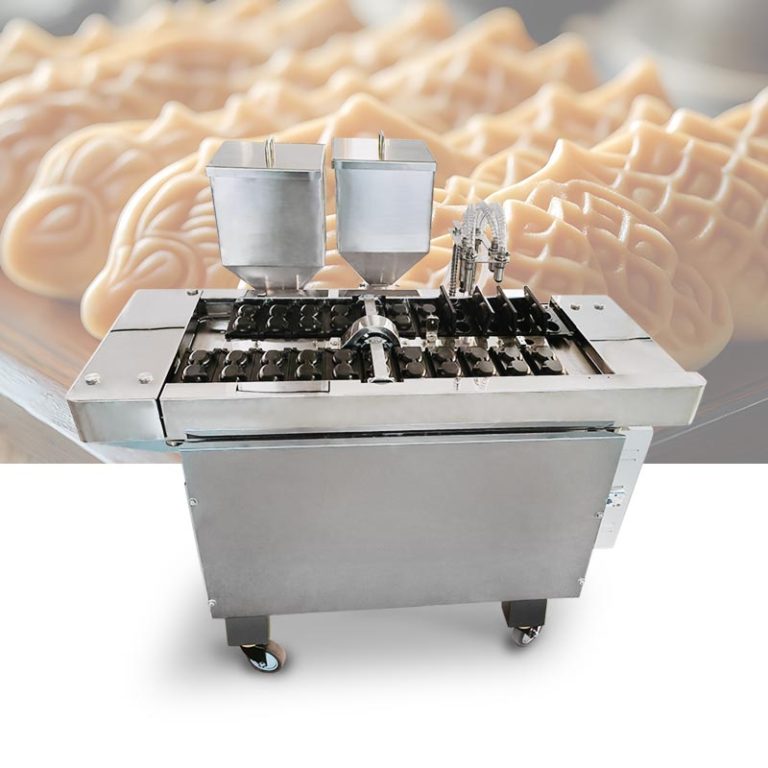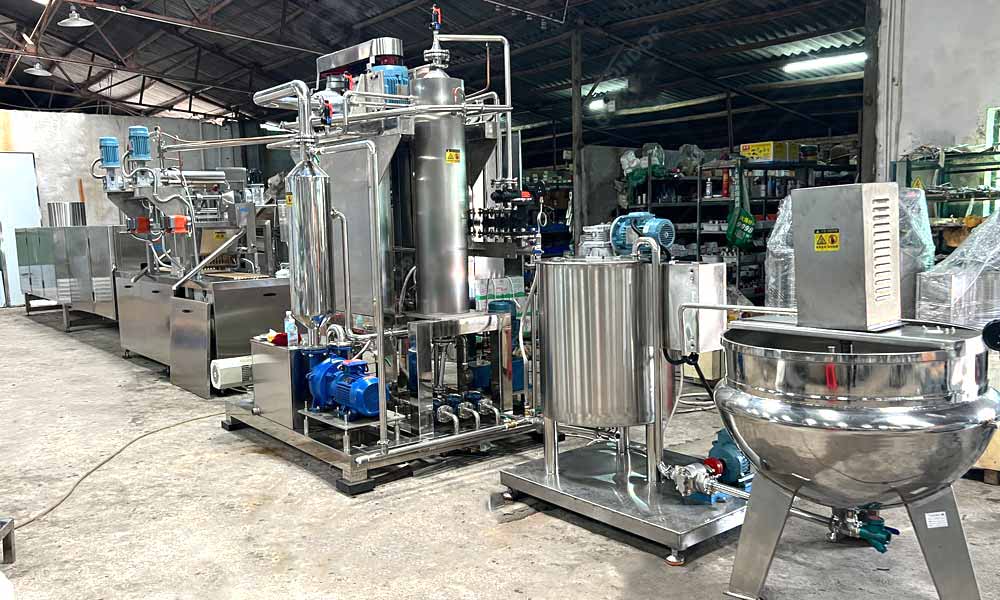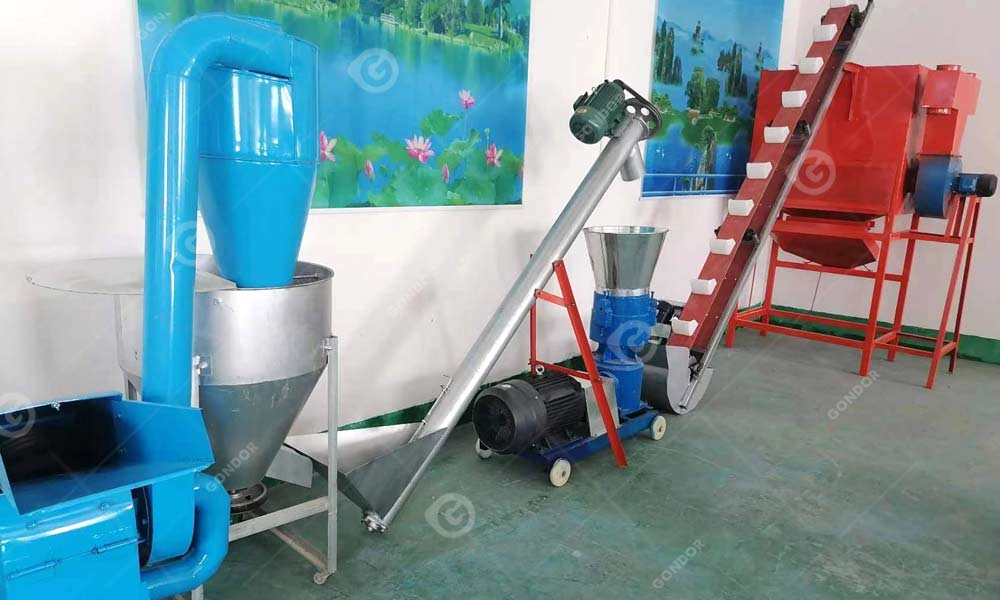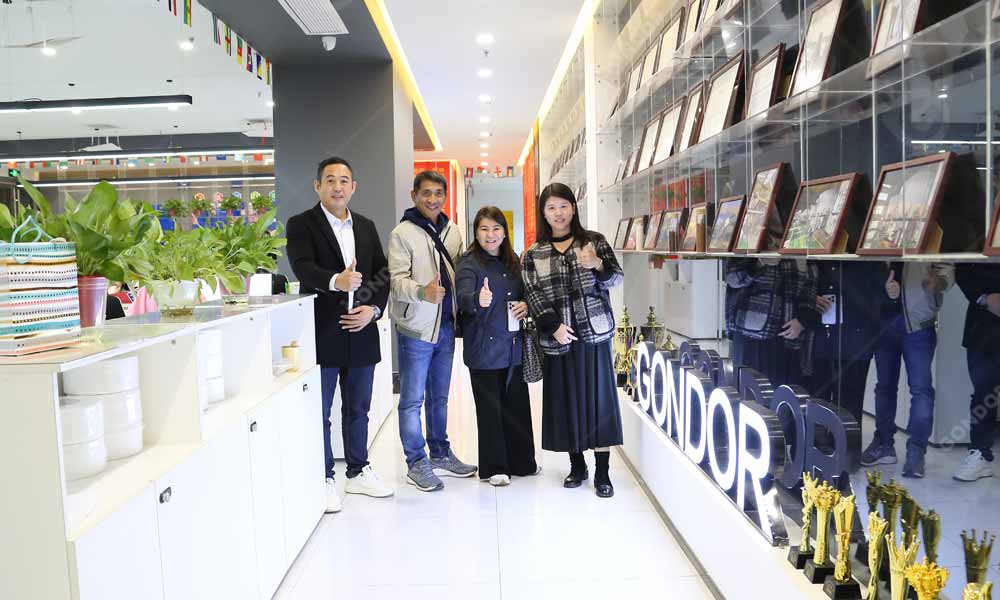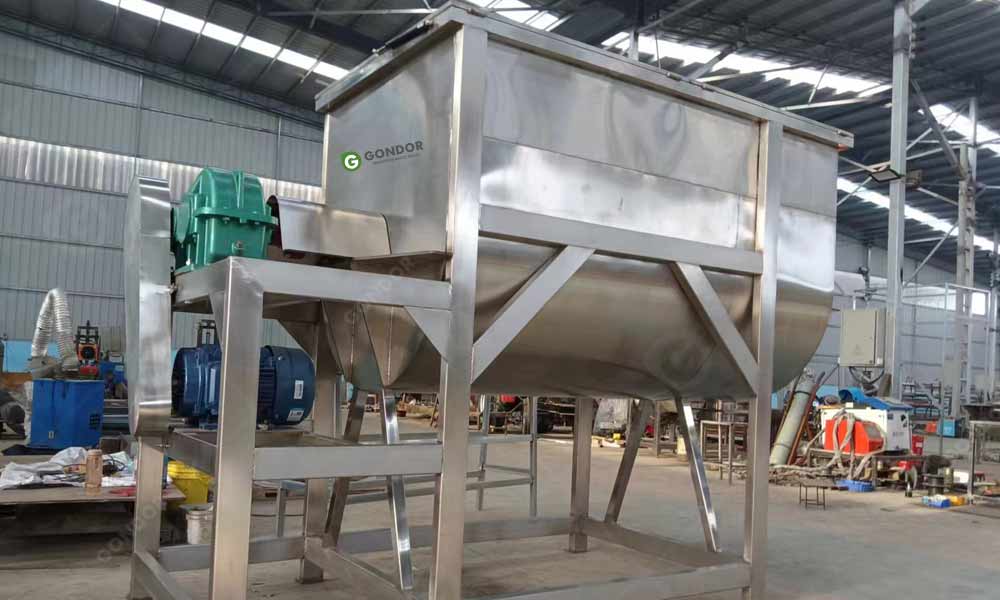Lollipops are a classic candy, loved by consumers for their sweet flavor and wide variety. From children to adults, few can resist the charm of a lollipop. Made primarily from hard candy, lollipops come in an array of flavors and colors, offering a delightful combination of visual appeal and taste. Beyond their sugary sweetness, lollipops can be customized in different shapes and designs, making them a fun and versatile treat. Whether enjoyed as an everyday snack or as a special addition to parties and celebrations, lollipops have secured their place as a favorite among people of all ages. If you’re looking for efficient and precise food processing equipment to produce high-quality lollipops, Gondor Machinery offers advanced machinery solutions to help your production line achieve automation and exceptional quality.


What Is the Main Ingredient in Most Lollipops?
The main ingredients of lollipops play a crucial role in determining their taste and quality. At the core of most lollipops is sugar (sucrose), which provides the foundational sweetness and the hard texture. Alongside sugar, several other key ingredients work together to ensure the desired texture, flavor, and appearance of the candy. Each ingredient serves a specific purpose, from preventing sugar crystallization to adding different flavors and colors. Below is a breakdown of the main ingredients in lollipops and their functions in production:
- Sugar (Sucrose): The primary ingredient, responsible for the sweetness and hard structure of the lollipop.
- Corn Syrup: Prevents sugar from crystallizing, resulting in a smoother texture and adding some chewiness.
- Water: Used to dissolve sugar and corn syrup. During heating, water evaporates, which helps determine the final hardness of the lollipop.
- Food Coloring: Provides attractive, vibrant colors to the lollipop. These can be either natural or artificial.
- Flavoring Agents: Add the desired flavors, such as fruit or candy flavors. They can be natural extracts or artificial flavorings.
- Citric Acid: Adds a slight sourness to balance the sweetness, enhancing fruit flavors and creating a more balanced taste.
- Molasses or Other Sweeteners: Sometimes included to increase sweetness and add depth to the flavor profile.
- Stabilizers and Thickeners (e.g., Gum Arabic): Prevent the lollipop from separating or deforming during storage and improve the texture by making it more cohesive.
- Anti-Crystallizing Agents (e.g., Sodium Citrate): Help prevent large sugar crystals from forming, ensuring the candy remains smooth.
- Humectants (e.g., Glycerin): Help retain moisture, preventing the lollipop from becoming too hard or sticky in different environments.


What Is the Process of Making a Lollipop in a Candy Factory?
In a candy factory, lollipop production is a highly automated process designed for maximum efficiency and consistent quality. Advanced confectionery machinery manages each step, from mixing sugar, corn syrup, and water to precise heating, shaping, and packaging. This automation process for lollipop manufacturing machines ensures uniform taste, texture, and appearance across large quantities. Besides, candy factories can handle multiple flavors and colors simultaneously, which can allow for customization and rapid adaptation to market demands. By minimizing human error and enhancing sanitation, automatic lollipop manufacturing machine ensures both speed and high hygiene standards. Therefore, every stage, from cooking to cooling and wrapping, is closely monitored to guarantee the best results in large-scale production.
Ingredient Preparation
Lolipop maker machines pre-measure large quantities of sugar, corn syrup, and water, which are mixed in precise ratios. Flavorings and colorings, both natural or artificial, are prepared separately and added later to maintain flavor and appearance.
Candy Mixture Cooking
Then, automated systems heat the sugar mixture to 300°F-320°F (149°C-160°C) to reach the “hard crack” stage, which gives lollipops their hard texture. Mechanical stirrers ensure even heating and prevent crystallization.
Flavoring and Coloring
Once the mixture cools slightly, flavorings and colorings are added to the candy mixtures. Lollipop candy making machines in candy factories can simultaneously produce multiple batches of lollipops with different flavors and colors.
Forming the Lollipops
High-speed candy depositors pump the candy mixture into molds of various shapes. Then, the automated arms insert sticks into the soft candy at precise timing, which can ensure they are firmly embedded.
Cooling and Hardening
Following that, lollipops move through a cooling tunnel, where they harden evenly. What’s more, cooling for lollipops is carefully controlled, which will maintain clarity and prevent stickiness when manufacturing the lollipop.
Quality Control and Inspection
In the next steps, lollipops are ejected onto conveyor belts of the lollipop maker machine. Automated systems check for defects like air bubbles or improper stick placement. In addition, additional human inspections ensure consistent quality.
Wrapping and Packaging
The lollipop wrapping machine seals each lollipop individually in plastic or cellophane. Then, all lollipops may also be labeled, especially for branded or themed products.
Final Packaging
Next, the wrapped lollipops are sorted, counted, and packed into bulk cartons or retail-ready boxes, which are sealed, labeled, and prepared for shipment.
Optional Specialty Lollipops
Some lollipops get additional coatings, decorations, or include layers with different flavors or fillings. Custom shapes can be created with special molds.
Sanitation and Maintenance
Strict hygiene protocols are maintained. Equipment is regularly cleaned, and workers follow sanitary guidelines to ensure safe, high-quality production.
Key Features of Industrial Lollipop Production:
Industrial lollipop production is a highly efficient and automated process designed to meet large-scale demand while maintaining consistent quality. The key features of this production method, such as high volume output, precision, and the ability to customize products, are achieved through advanced lollipop manufacturing machines and strict quality control measures. Below are the main factors that contribute to the success of industrial lollipop production:
Automation
Most steps, from ingredient mixing to packaging, are automated, which can ensure high efficiency and minimal human error.
High Volume Production
Candy factories can produce thousands of lollipops per hour, which will meet the large-scale demand.
Consistent Quality
Automated systems of lollipop maker machines ensure uniform size, shape, flavor, and texture across all batches.
Customization
Candy factories can simultaneously produce multiple flavors, colors, and shapes to cater to market preferences or custom orders.
Speed
Industrial lollipop production processes are optimized for fast production, which can allow the quick response to market needs.
Quality Control
Automated and manual inspections at various stages ensure lollipops are free from defects like improper stick placement or air bubbles.
Packaging Efficiency
Lollipops are wrapped and labeled rapidly, which will allow for seamless bulk or retail packaging.
Strict Hygiene Controls
Factories follow rigorous sanitation standards, ensuring the safety and quality of the lollipops.
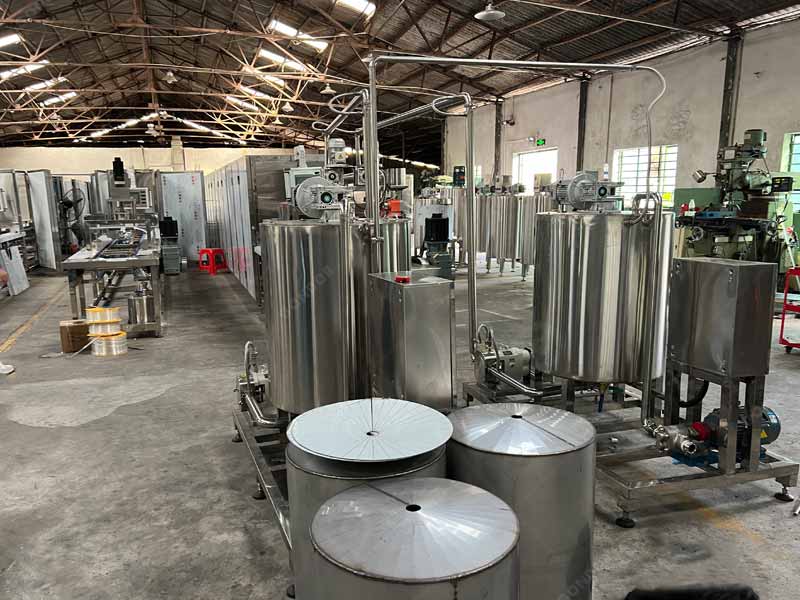
Deposited Lollipop Candy Making Machine
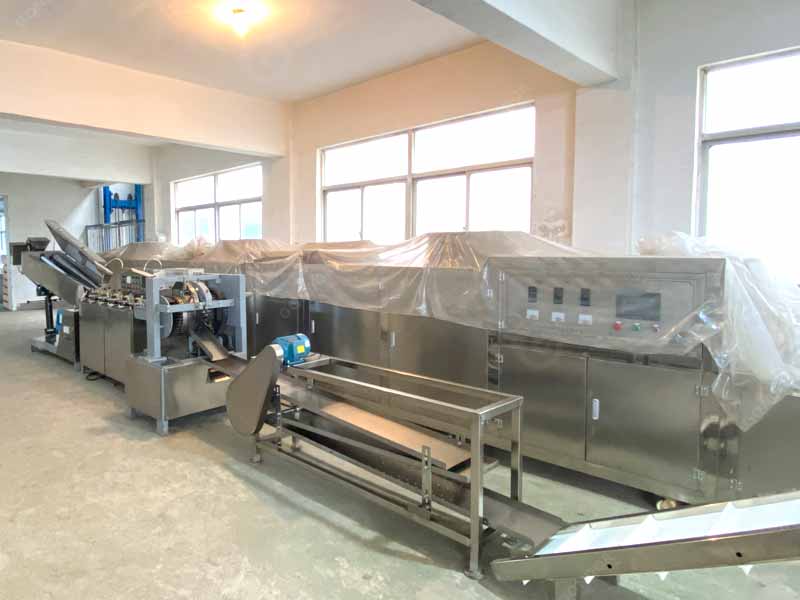
Gondor Moulded Lollipop Making Machine
Efficient Lollipop Production with Gondor Machinery
In summary, while the production of lollipops may appear simple, every step is crucial in creating the perfect final product. From the precise measurement of ingredients to temperature control and automated packaging, each detail guarantees that lollipops maintain consistency in taste, texture, and appearance. Gondor Machinery, a leader in confectionery equipment, specializes in providing advanced solutions that streamline the entire lollipop production process. With cutting-edge technology and customizable options, Gondor Machinery ensures efficient, high-quality output for your candy production needs. Ready to elevate your production line? Contact Gondor Machinery today for tailored solutions that meet your business goals.



